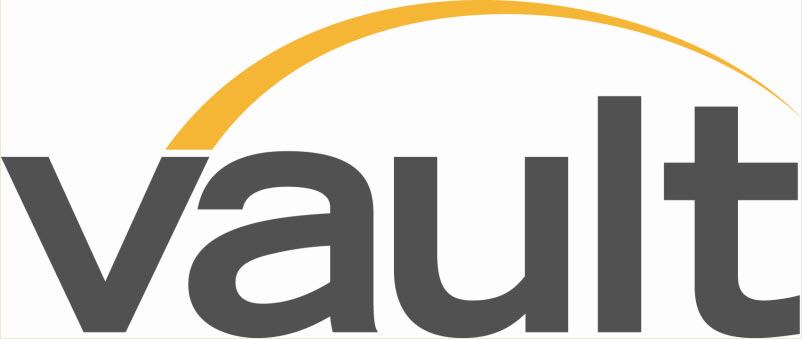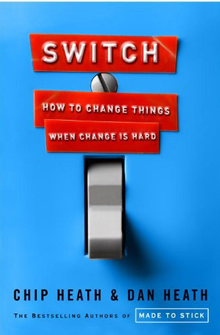 Everyone knows the saying, Change is Hard.
And anyone who’s ever tried to lead change – whether starting a new diet at home or starting a new initiative at work – knows that it can be incredibly tough to create lasting, effective change, even on the smallest of scales.
Everyone knows the saying, Change is Hard.
And anyone who’s ever tried to lead change – whether starting a new diet at home or starting a new initiative at work – knows that it can be incredibly tough to create lasting, effective change, even on the smallest of scales.
What stinks about that, though, is the fact that change – and the need for change – is everywhere.
In many ways my life, especially over the last couple of years, has been my own personal study of change. Whether it’s starting (and finishing business school), getting married, or looking for a new job, the one constant in my life has definitely been change (I mean, even my blog is about change!)
Of course, I know I’m not unique in this regard.
CSR practitioners often talk about driving change internally or influencing others to create change within their organization. In fact, as I learned last year, one of the most crucial core competencies for CSR professionals, as identified by the Boston College Center for Corporate Citizenship, is the ability to lead change.
After all, when we’re asking our coworkers, our bosses, or our peers to integrate sustainability or CSR values and behaviors into their routines, we’re asking them to change.
And of course, we end up right back where we started: Change is Hard.
All of these questions and issues have been on my mind a lot recently, as I think about both the changes I am going through in my personal life, as well as the changes I am undertaking professionally.
For that reason, I felt inspired almost the instant I started reading Switch: How to Change Things When Change is Hard, by brothers Dan and Chip Heath.
If Dan and Chip’s names sound familiar to you, it’s because they probably are – both are business school professors, and a few years ago they published their much-acclaimed book Made to Stick (another fantastic read that I recommend highly).
Over the course of 250 pages or so, the Heath brothers break down change into three buckets:
- Direct the Rider
- Motivate the Elephant
- Shape the Path
At this point you’re probably wondering what the heck I’m talking about. So, here’s the deal:
According to Dan and Chip, inside everyone is an Elephant and its Rider.
The Elephant is our emotional side, our irrational side – the part in each of us that worries, loves, fears and acts on impulse. On the other hand, each of us also has a Rider – that is, our ability to reason, to analyze, or to look at things with black and white objectivity.
The relationship between the Elephant and the Rider is based on one simple idea: The Rider believes that through reason and logic, it can control the Elephant.
If you think about this for a second, you’ll know it’s true: how many times, for instance, have you forced yourself to sign up for that project, accept that job offer, or generally do something you didn’t really want to – just because it was The Right Thing to Do?
I know I certainly have.
The problem is, however, that the Rider exerts a ton of effort and energy in trying to control the Elephant. It’s hard work to force that Elephant to take a different path, and after a while, the Rider will inevitably lose because the Elephant – the emotion – is just too strong. At some point, emotion will trump reason and the Elephant will go wherever it wants. (One of my favorite examples in the book is the dieter trying to forget about the fresh baked cookies in the kitchen. No matter what, chocolate chips will always win against willpower!)
And this, in effect, is what happens with change.
When trying to influence change – for example, getting employees to recycle at work – you can start by appealing to people's reason. Recycling, you’ll say, is the right thing to do! It saves our office money, it reduces our contributions to landfill, and it helps us meet our sustainability reporting goals.
Sure, providing the business case or the ROI for recycling may make sense initially, but to make any lasting change in office recycling, Dan and Chip would point to the Elephant. Remember: the Rider can force the Elephant to do something for a while, but he probably won’t be successful long term. For people to adopt a change initiative for good, we must create an emotional tie or personal relevance to that activity or behavior. In short, we must motivate the Elephant.
In this case, Dan and Chip might suggest collecting all of the aluminum cans thrown out in one week – and then displaying them very visibly for everyone to see in the cafeteria. Such a clear and tangible reminder of people’s waste – that my five soda cans per week, and your five soda cans per week, really do add up – might be just the hook you need to capture the Elephant’s attention. Do that, and then add your ROI calculation to the mix. Suddenly, the Elephant and the Rider are heading in the same direction!
The third part of their theory relies on something Dan and Chip called Shape the Path; that is, rather than making people do the changing, think about how you can actually tweak the change that’s needed to so it seems more manageable and less daunting.
A great example they use in the book is getting people to eat less. We all know that overeating is unhealthy and can lead to obesity, and by extension how important portion control can be. Yet how hard is it to stop eating pizza when you have that huge pie in front of you?
The Heath brothers point to a research study that showed people ate less – but felt just as satisfied – when they were automatically given smaller portions. Instead of trying to get people to change, the researchers actually changed the portion size of the foods people were given. You certainly can’t overeat when your pizza’s been shrunk!
All in all I thought this was a fantastic book with immediately applicable lessons and ideas, and I highly recommend it for anyone implementing any kind of change, either personally or professionally.
We all know that, cliché or not, change really is hard. And yet when so much of our day at work and at home is built around creating and implementing it, knowing how to tackle that change (and people’s aversion to it), is crucially important. Switch is one book that will help you get there.


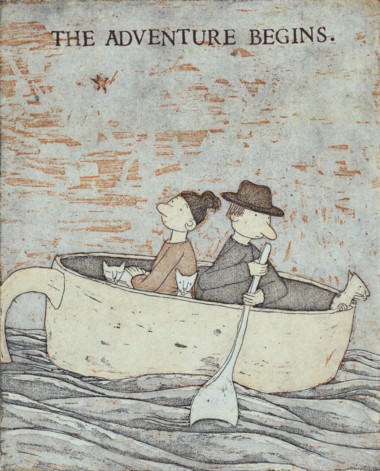
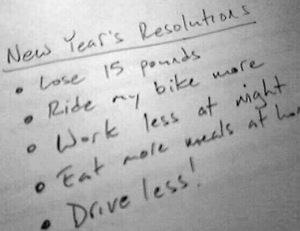
 Everyone knows the saying, Change is Hard.
And anyone who’s ever tried to lead change – whether starting a new diet at home or starting a new initiative at work – knows that it can be incredibly tough to create lasting, effective change, even on the smallest of scales.
Everyone knows the saying, Change is Hard.
And anyone who’s ever tried to lead change – whether starting a new diet at home or starting a new initiative at work – knows that it can be incredibly tough to create lasting, effective change, even on the smallest of scales.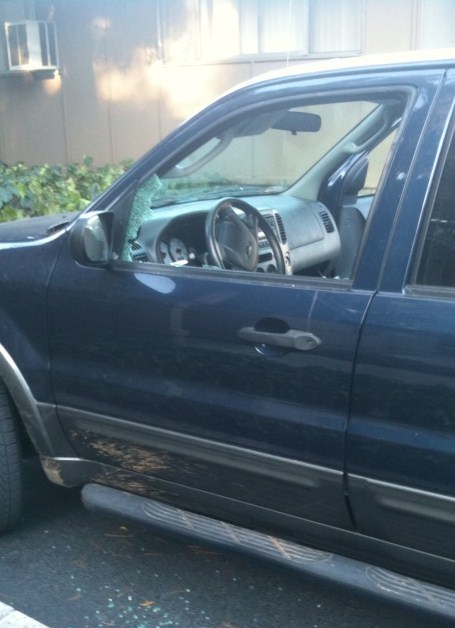 This morning started out like any other day.
This morning started out like any other day.